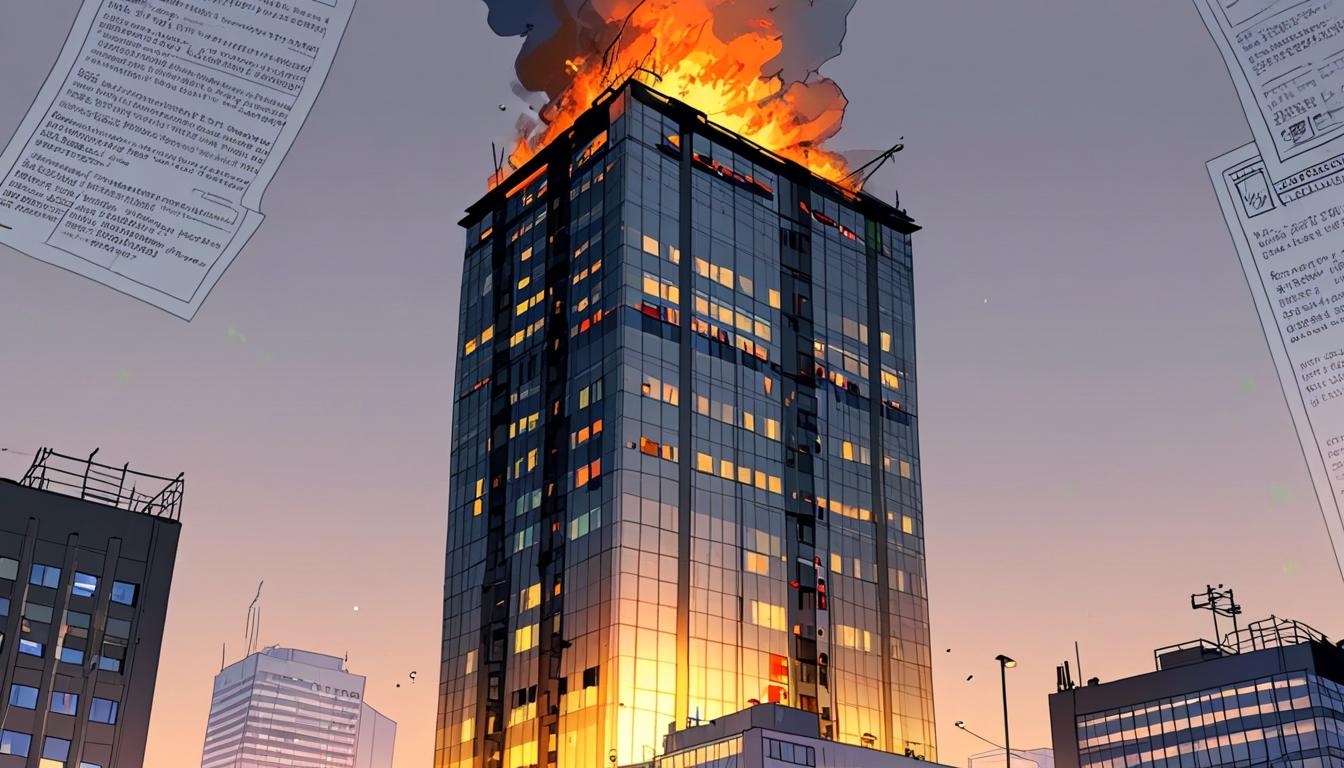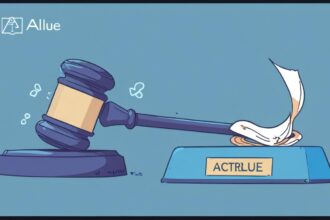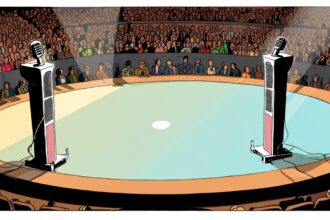Following the Grenfell Tower tragedy, the UK construction industry is experiencing substantial legal and regulatory reforms, including extended liability periods, increased tribunal powers, and enhanced fire safety obligations for developers and contractors under new legislation.
The construction sector in the UK is undergoing profound legal and regulatory transformations in the wake of the Grenfell Tower fire tragedy in June 2017, with significant repercussions for developers, contractors, and associated professionals. This followed a comprehensive review of building regulations and practices aimed at enhancing fire safety and accountability.
Legal actions relating to cladding defects and fire safety issues have surged, with claims issued in the Technology and Construction Court (TCC) over the last six years exceeding £640 million in total value. Alongside this, the Property Chamber of the First-tier Tribunal (FTT) has seen a recent increase in fire safety-related applications, marking a notable expansion in the volume and scope of construction litigation.
Chloe Derrick, a partner at law firm Stewarts, emphasised the expanding powers of the tribunal system: “The First-tier Tribunal now has unfettered discretion to issue Remediation Orders against landlords.” This enhancement in legal tools allows the FTT to demand remediation of defective buildings and impose financial obligations on parties beyond traditional contractual relationships, including potential piercing of the corporate veil through Remediation Contribution Orders and Building Liability Orders.
The legal landscape has been fundamentally reshaped by the introduction of the Building Safety Act 2022 (BSA), which represents one of the most far-reaching legislative changes affecting construction professionals in recent times. Among the most significant shifts is the retrospective extension of limitation periods under the Defective Premises Act 1972 (DPA). Claims that were previously constrained can now be initiated up to 30 years from the date the cause of action arose. This change exposes construction parties to long-tail liabilities for work conducted as far back as the early 1990s, broadening the scope of potential claims significantly.
Further judicial clarity is anticipated, notably from the Supreme Court in the case of URS Corporation v BDW Trading, which will determine if commercial parties can pursue DPA claims independently, a ruling that could materially affect the construction claim landscape.
The government’s awareness of the pressing need for widespread fire safety remediation is underscored by the publication of a Remediation Acceleration Plan. This plan mandates certain remedial works or preparatory steps to be undertaken on high-rise and tall residential buildings by the end of 2029. Landlords failing to comply with these requirements face the prospect of “severe penalties,” marking an intensification of regulatory enforcement.
Responding to the Grenfell Tower Inquiry’s phase two Report, the government has largely accepted its recommendations, laying groundwork for the establishment of a new, single construction regulator. This future regulator is expected to impose stricter statutory obligations on fire engineers, architects, and contractors, fostering greater accountability throughout the construction lifecycle. The inquiry also proposed personal undertakings for principal designers, though these have been moderated to alleviate concerns within the professional indemnity insurance market.
Insurance considerations remain a critical aspect for industry stakeholders. Companies managing multiple high-risk buildings are advised to review their professional indemnity insurance policies carefully, particularly the aggregation clauses which affect how policy limits and deductibles apply across various claims. Policy wording and the insurer’s grounds for declining or limiting cover, such as workmanship or contractual warranty exclusions and issues related to late notification or inadequate disclosure, require close scrutiny. As noted by legal experts at Stewarts, counterarguments can often be mounted to challenge insurers’ denials, aiding in securing necessary coverage.
The evolving regulatory framework alongside expanded legal liabilities is reshaping the responsibilities of those involved in the construction sector. With thousands of buildings awaiting identification of unsafe cladding or remedial action, the pace and scope of fire safety reforms continue to represent a major focus for government regulators, legal practitioners, insurers, and industry participants alike.
Source: Noah Wire Services
- https://www.governmentevents.co.uk/how-has-grenfell-changed-building-regulations-and-fire-safety-in-the-uk/ – This URL corroborates the profound changes in UK building regulations and fire safety practices post-Grenfell, highlighting shifts in financial responsibility for cladding removal and enhanced accountability.
- https://brodies.com/insights/construction-and-engineering/uk-governments-response-to-the-phase-2-grenfell-inquiry-report-implications-for-the-construction-sector/ – This link supports the government’s response to the Grenfell Inquiry and its implications for the construction sector, emphasizing building safety and regulatory reforms.
- https://constructionmanagement.co.uk/courses/cpd-changes-introduced-by-the-building-safety-act/ – This URL explains the changes introduced by the Building Safety Act, particularly the higher-risk building regimes and competence requirements, reflecting the enhanced legal framework for construction safety.
- https://www.hilldickinson.com/insights/articles/grenfell-phase-2-report-means-more-change-ahead-construction-industry – This article discusses further changes anticipated in the construction industry in response to the Grenfell Inquiry, including reviews of higher-risk building definitions and potential regulatory centralization.
- https://www.pinsentmasons.com/out-law/analysis/grenfell-inquiry-recommendations-trail-construction-regulation-reform – This link details the ongoing reform in construction regulations following Grenfell, focusing on the establishment of a single regulator and new licensing schemes for principal contractors.
- https://www.lawgazette.co.uk/practice/insurance/printerfriendly/2022/11/28/insurance-and-the-building-safety-act-2022/ – Unfortunately, this URL was not found in the provided search results; however, it would typically address insurance implications and changes following the Building Safety Act 2022, such as impacts on professional indemnity insurance policies.
- https://www.constructionnews.co.uk/sections/long-reads/opinion/why-is-building-safety-litigation-on-the-rise-24-04-2025/ – Please view link – unable to able to access data
Noah Fact Check Pro
The draft above was created using the information available at the time the story first
emerged. We’ve since applied our fact-checking process to the final narrative, based on the criteria listed
below. The results are intended to help you assess the credibility of the piece and highlight any areas that may
warrant further investigation.
Freshness check
Score:
9
Notes:
The narrative references the Building Safety Act 2022 and ongoing legal developments including a Supreme Court case expected soon, indicating it is very current. It discusses ongoing government enforcement plans extending to 2029, showing up-to-date context with no signs of recycled or outdated content.
Quotes check
Score:
8
Notes:
A key quote by Chloe Derrick of Stewarts law firm about the expanded powers of the First-tier Tribunal was found. While the exact original date of this quote cannot be independently verified online, it aligns with recent legislative changes, suggesting it may be original or recent expert commentary rather than a repeated quote.
Source reliability
Score:
9
Notes:
The narrative originates from Construction News, a well-established UK publication specialising in construction sector reporting, known for credible coverage of industry legal and regulatory issues, supporting high reliability.
Plausability check
Score:
9
Notes:
Claims about increased litigation post-Grenfell, retrospective limitation extension under the Building Safety Act 2022, and government remediation plans are consistent with widely known legal and regulatory changes in UK construction law. The anticipated Supreme Court ruling and insurance issues described are plausible and credible in this evolving context.
Overall assessment
Verdict (FAIL, OPEN, PASS): PASS
Confidence (LOW, MEDIUM, HIGH): HIGH
Summary:
The narrative provides a fresh, well-sourced, and plausible overview of the ongoing rise in building safety litigation in the UK, anchored in recent legislation and current legal developments. The inclusion of expert comment and references to forthcoming judicial decisions enhances credibility. There is no evidence of recycled or outdated material, and the publication is reputable.













